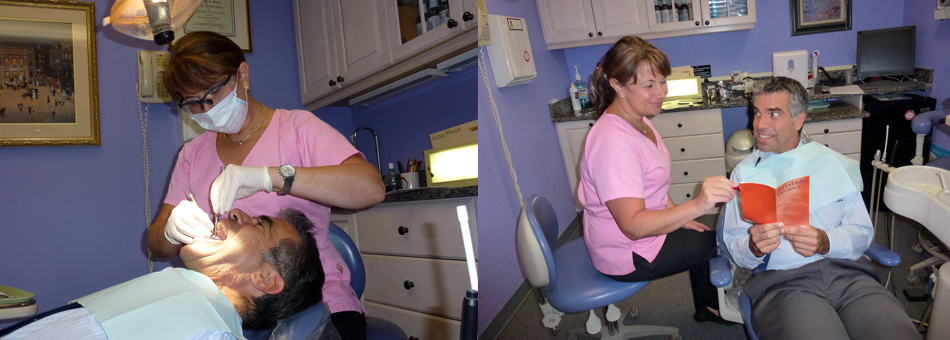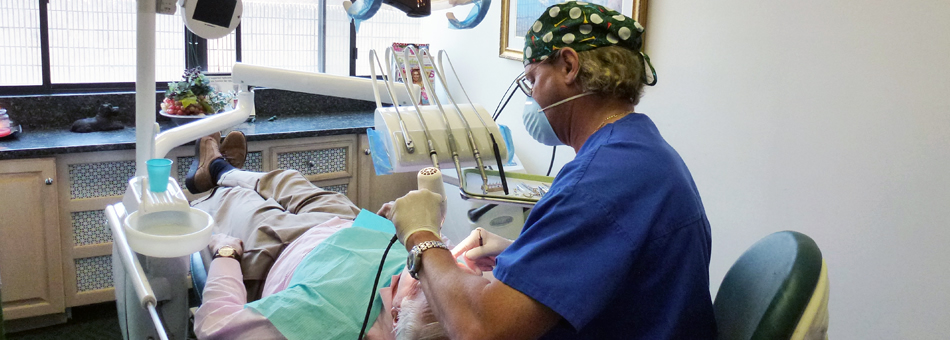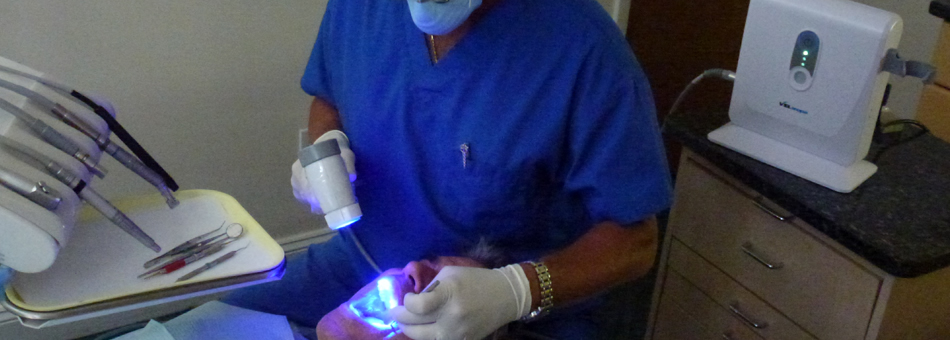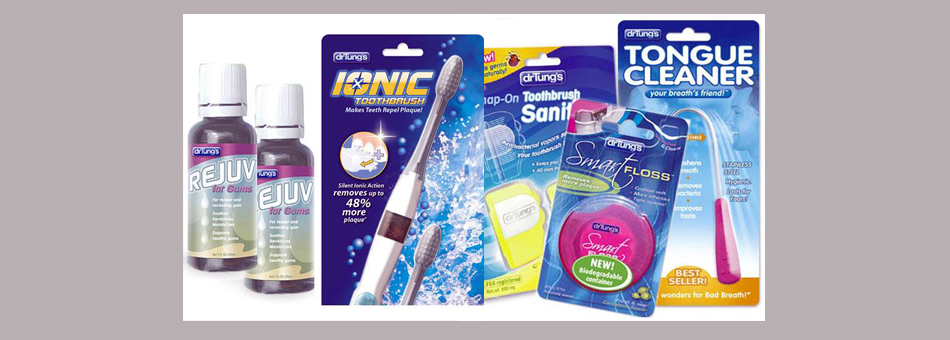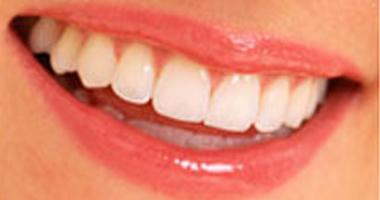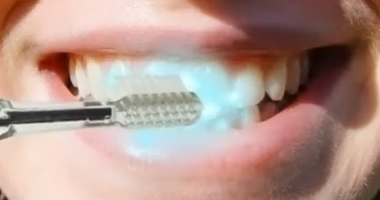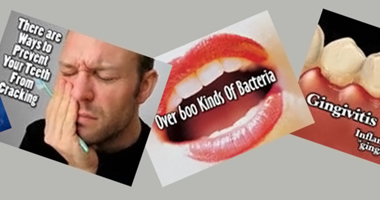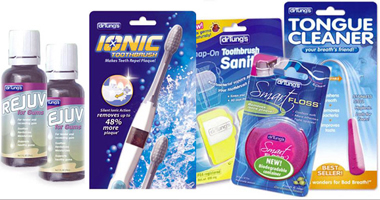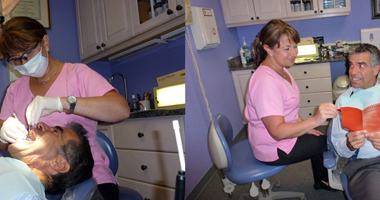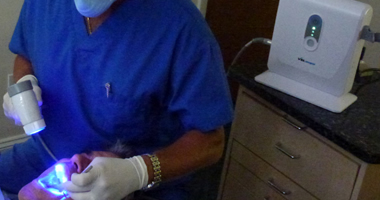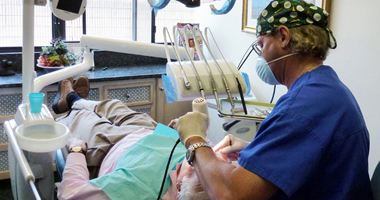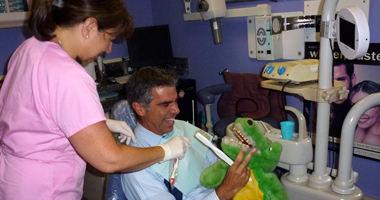Bruxism White Paper
(page 4)
1 | 2 | 3 | 4 | 5 | 6 | 7 | 8 | 9 | 10 | 11 | 12 | 13
IV. Another example of this spiral involves the occasional inflammation and blockage of some salivary glands.
As before, the causal sequence is pretty simple. Like body building, bruxism involves muscle overuse. In this case, the masseter muscles become disproportionately overdeveloped and block the opening of the nearby parotid glands. They thus interfere with the flow of saliva into the mouth, causing the saliva to accumulate in the glands. This in turn may lead to periodical swelling, pain, inflammation, and abnormal dryness of the mouth (Mehta, 1992, p.134) .
V. Bruxism may also damage the temporomandibular joints (TMJs).
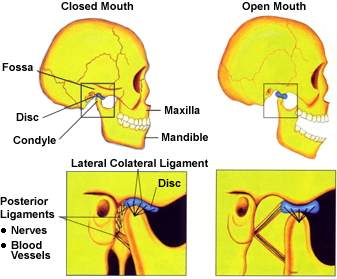 Bruxism is therefore believed by most researchers (but not all, cf. Lobbezoo & Lavigne, 1997) to be one of the leading causes of temporomandibular disorders (TMDs) (Glaros, Tabacchi, & Glass, 1998; Israel et al., 1999; Yustin et al., 1993). Fig. 5. The temporomandibular Joint (TMJ). Source: Internet
Bruxism is therefore believed by most researchers (but not all, cf. Lobbezoo & Lavigne, 1997) to be one of the leading causes of temporomandibular disorders (TMDs) (Glaros, Tabacchi, & Glass, 1998; Israel et al., 1999; Yustin et al., 1993). Fig. 5. The temporomandibular Joint (TMJ). Source: Internet
Chronic bruxism may induce TMDs, and that TMDs can be unpleasant. Often, the first warning signs of TMDs are TMJ discomfort or pain, soreness of jaws and muscles, clicking or popping sounds when opening the jaws or while chewing, and difficulties in fully opening the mouth. If bruxism continues at this point, these symptoms become more severe. TMDs are often associated with chronic pain which may last months or years. A sufferer may wake up, for example, totally unable to open the mouth. Or the jaw may suddenly lock or dislocate during chewing. Eventually, a difficult surgery of uncertain efficacy may be required.
It is worth remembering that a "TM disorder, although not being life threatening, is certainly life altering." It can, in fact, "devastate its victim" (Goldman, 1992, p. 191). First, patients must contend with chronic pain and other symptoms. Second, often, there is much anguish and humiliation before the condition is correctly diagnosed. Indeed, "the average TM disorder patient has been seen by at least seven physicians, dentists, psychologists, or other health professionals. Of these patients, 7 out of ten have been incompletely diagnosed or misdiagnosed" (Goldman, 1992, p. 215). Third, "it is unrealistic to expect" a cure for TMDs.
VI. Dental fillings often contain solid mercury.
There is some evidence of higher levels of mercury in the blood of some bruxers with mercury fillings (Isacsson et al., 1997).


